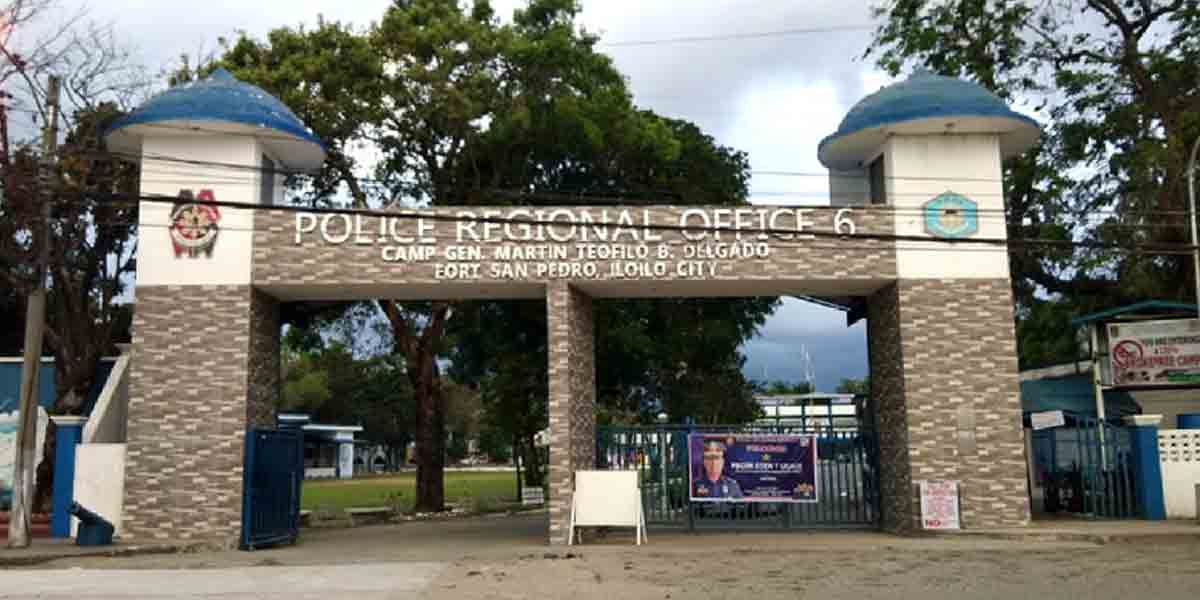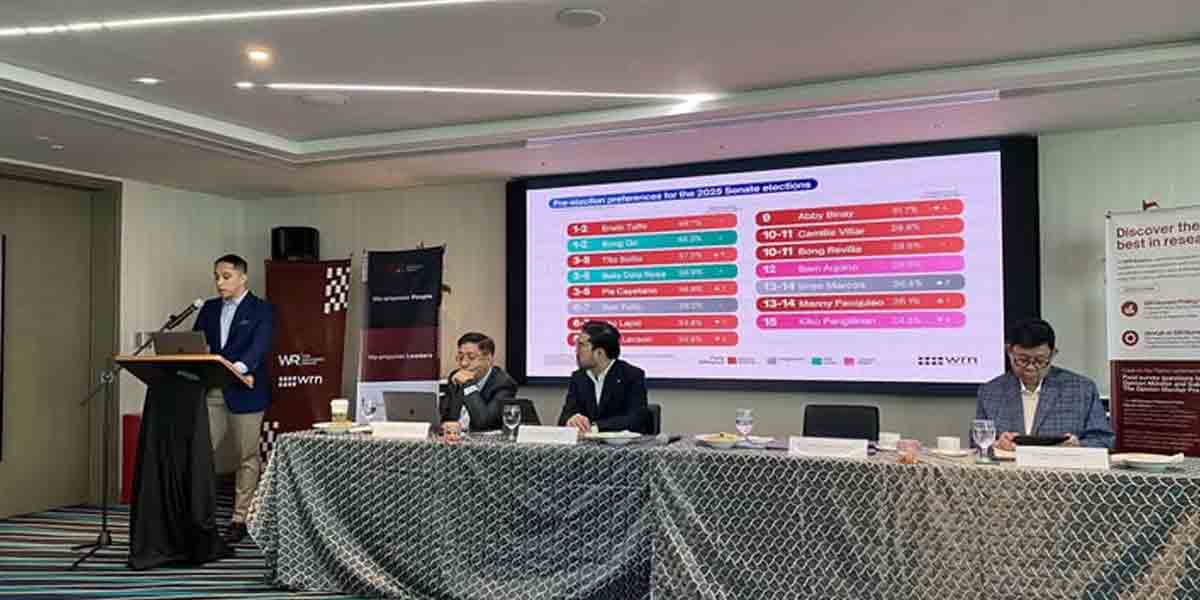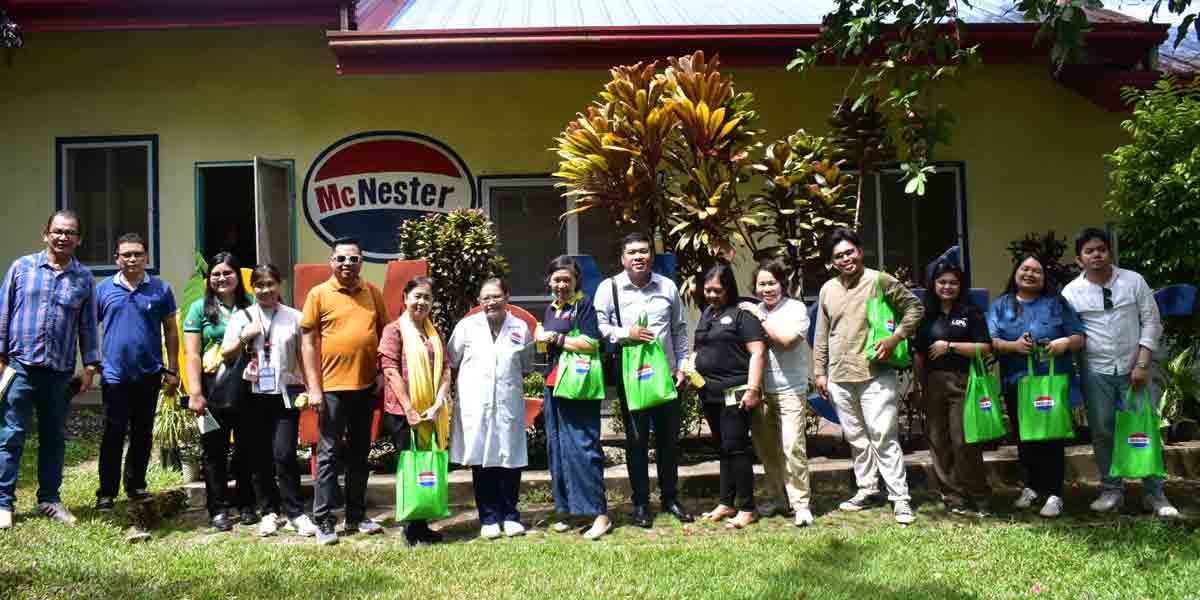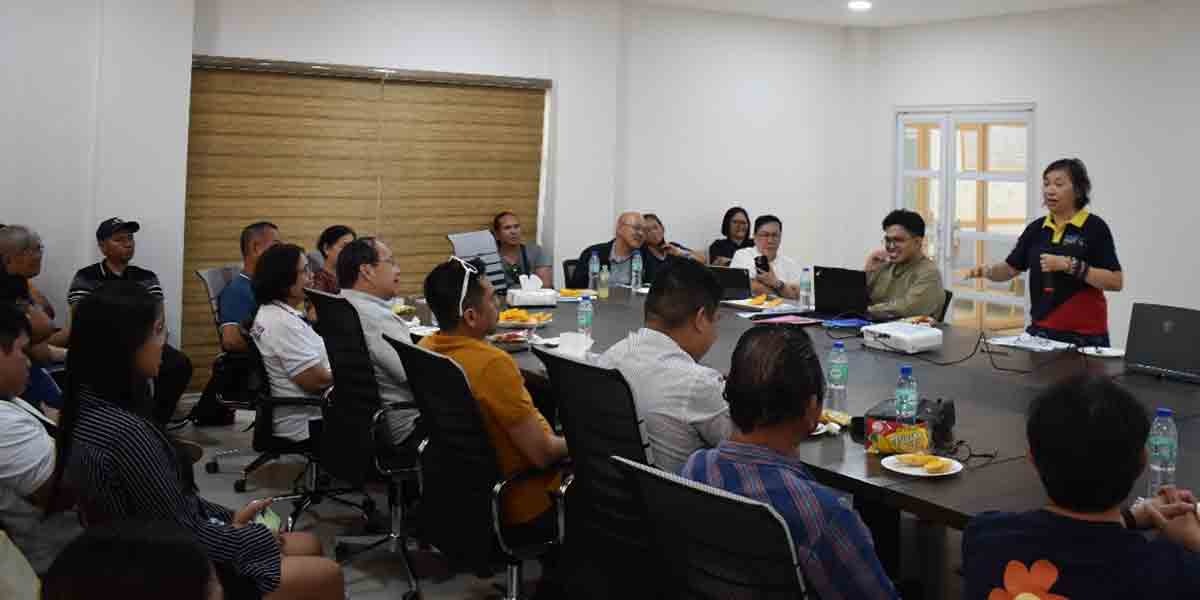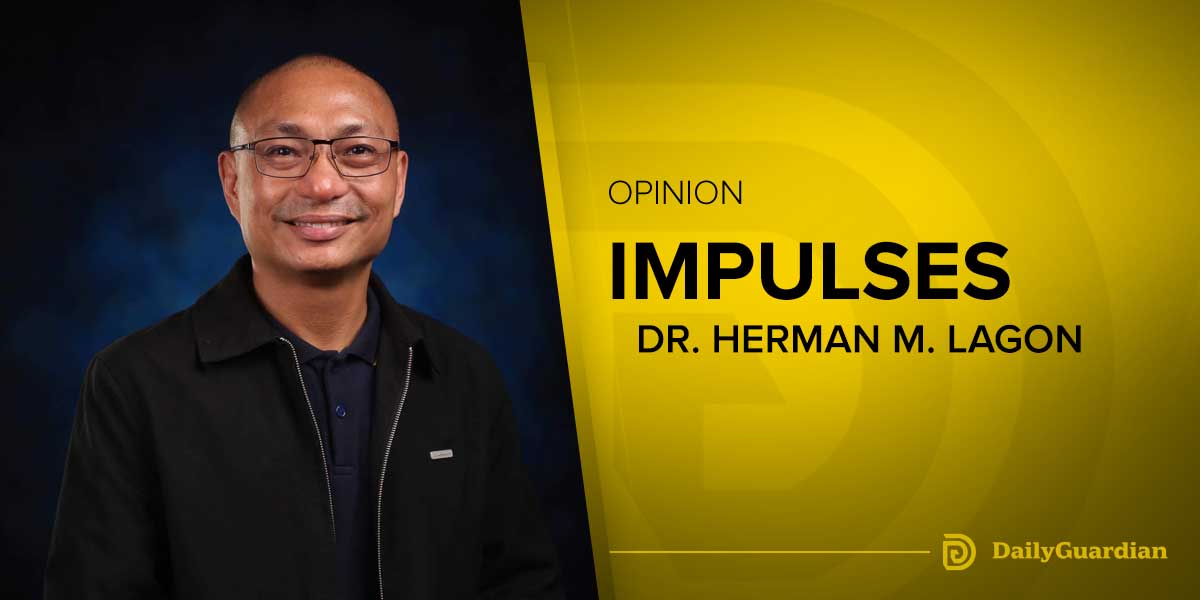By Francis Allan L. Angelo
As Iloilo City approaches a pivotal leadership transition, a new policy paper from the Institute of Contemporary Economics (ICE) urges the incoming administration to sustain the city’s hard-won development gains and emulate high-performing global cities to unlock its full economic potential.
Titled “A Tale of Three Cities (Part 1): Where to Next, Iloilo City?”, the April 2025 publication evaluates Iloilo’s progress over the past 25 years while raising concerns about the city’s political and economic direction under its presumed next mayor, whose credentials remain thin and vision unclear.
“Our goal is to uplift the lives of our people and drive the development of our city,” the presumptive mayor said, according to the report.
ICE responded: “The question then becomes, how?”
25 Years of Progress: From Obsolescence to Opportunity
The report traces the city’s transformation back to 2001, during the first term of then-Mayor Jerry Treñas.
Under the rallying call, “Think Big. Think Iloilo,” Treñas initiated long-term development strategies that mobilized civil society and improved local governance.
His administration laid the groundwork for major infrastructure projects, including the Iloilo River Esplanade, Diversion Road, and the new Iloilo International Airport.
These efforts were amplified by the administration of Mayor Jed Patrick Mabilog, who advanced projects targeting basic utilities, cultural preservation, and transportation.
This “renaissance” of Iloilo City was marked by an unprecedented alignment among public officials, private stakeholders and civil society, all working toward a shared vision of inclusive growth.
The paper warns, however, that such cooperation is “psychologically fragile” and can easily unravel without competent, visionary leadership.
“It has not been the work of just one person nor group but is the collective effort of various members of the community,” ICE noted.
Economic Standing: Strong Foundations, Big Gaps
According to ICE’s comparative analysis, Iloilo City has a population of 457,626 and a GDP of US$2.8 billion, with a GDP per capita of US$6,113 (around PHP 342,000).
Its population density is 5,842 people per square kilometer, making it less congested than the comparison cities but still facing urban management challenges.
The paper compares Iloilo with two similarly sized urban centers: Makati (“City M”) and Copenhagen, Denmark (“City C”).
Copenhagen, with a population of 660,442 and a land area of 90.01 square kilometers, has a GDP of US$75 billion and GDP per capita of US$113,611 (about PHP 6.36 million).
That’s 28 times more than Iloilo’s GDP and 18 times its per capita output.
Moreover, Copenhagen’s Gini coefficient — a measure of income inequality — stands at 0.3498, better than Iloilo’s 0.3666 and significantly fairer than Makati’s 0.4540.
Despite these disparities, ICE argues that Iloilo has more in common with Copenhagen than with Makati.
Both are coastal cities, have strong financial services and logistics sectors, and prioritize healthcare and education.
Tourism and professional services, identified in past ICE reports as strategic opportunities for Iloilo, also align with Copenhagen’s economic composition.
Lessons from the North: A Blueprint for Growth
So, what accounts for Copenhagen’s vast economic lead?
The paper identifies key drivers:
- A world-class education system
- Biotech-focused pharmaceutical research and development
- A global container shipping and logistics headquarters
- Regional financial institutions and banking hubs
- Clusters in IT, clean technology and smart city solutions
ICE believes these industries are within reach for Iloilo, if long-term strategies are sustained.
It cites the presence of health and education institutions that could support biotech research, the city’s geographical advantages for logistics expansion, and the potential to serve as a regional financial and innovation hub.
“There is nothing that precludes us from pursuing economic development towards the transformative and meaningful improvement of the quality of life of our people,” the report states.
“But it will take purposeful effort to do so.”
Uncertainty Ahead: A Leadership Crossroads
Much of the paper’s concern centers on Iloilo’s upcoming local leadership change.
For the first time in recent memory, the mayoralty is being handed to a presumptive winner with minimal public service experience and little competition during the campaign.
While the candidate meets all legal requirements to run, ICE questions whether legal eligibility is enough to lead a city with complex economic and governance challenges.
“Is that all there is?” the paper asks pointedly.
ICE says the presumptive mayor’s campaign focused on vague statements and generalities, without articulating a roadmap that continues or builds on the last two decades of progress.
Without a coherent and shared vision, the city risks slipping back into the stagnation it suffered from the post-war era to the early 2000s.
Between 1946 and 2001, Iloilo’s significance steadily diminished due to a mix of political complacency, poor planning and weak civil society engagement.
ICE warns against a repeat of that trajectory.
The Stakes: Generational Progress or Lost Momentum
While acknowledging the economic disparities between Iloilo and Copenhagen, the report insists that long-term progress is attainable if Iloilo commits to the right path now.
The comparative city’s head start — founded in the 12th century — gave it a 400-year advantage, but ICE emphasizes that other gaps can be bridged.
Replicating Copenhagen’s path would require not only competent leadership but the expansion of Iloilo’s innovation and education ecosystems, consistent infrastructure investment, and smart public-private partnerships.
“If we choose the Copenhagen path, we know it will take generations,” the paper admits.
“But it doesn’t have to take generations to start.”
The call to action is grounded in a sober analysis but delivered with optimism.
It asserts that Iloilo’s recent growth is proof that transformative change is possible through unified effort, disciplined execution and data-driven planning.
“The collective effort of the Iloilo City community over the past quarter of a century has proven that we can make transformative and meaningful initiatives given the right ingredients,” ICE said.
As the city enters a new political chapter, ICE stresses that the true challenge is not about who holds office, but whether leadership will maintain the discipline, focus and vision that turned Iloilo from “neither here nor there” to one of the country’s fastest-growing cities.
The question facing the incoming mayor is not simply how to govern, but how to lead — and lead with purpose.
That means listening to a community that has invested heavily in its own progress, recognizing the weight of generational decisions, and mapping out a development strategy that can take Iloilo beyond provincial benchmarks and into global relevance.
“Where to next, Iloilo City?” the report asks.
For now, the answer depends on what kind of leadership emerges — and whether the city continues to think big.

